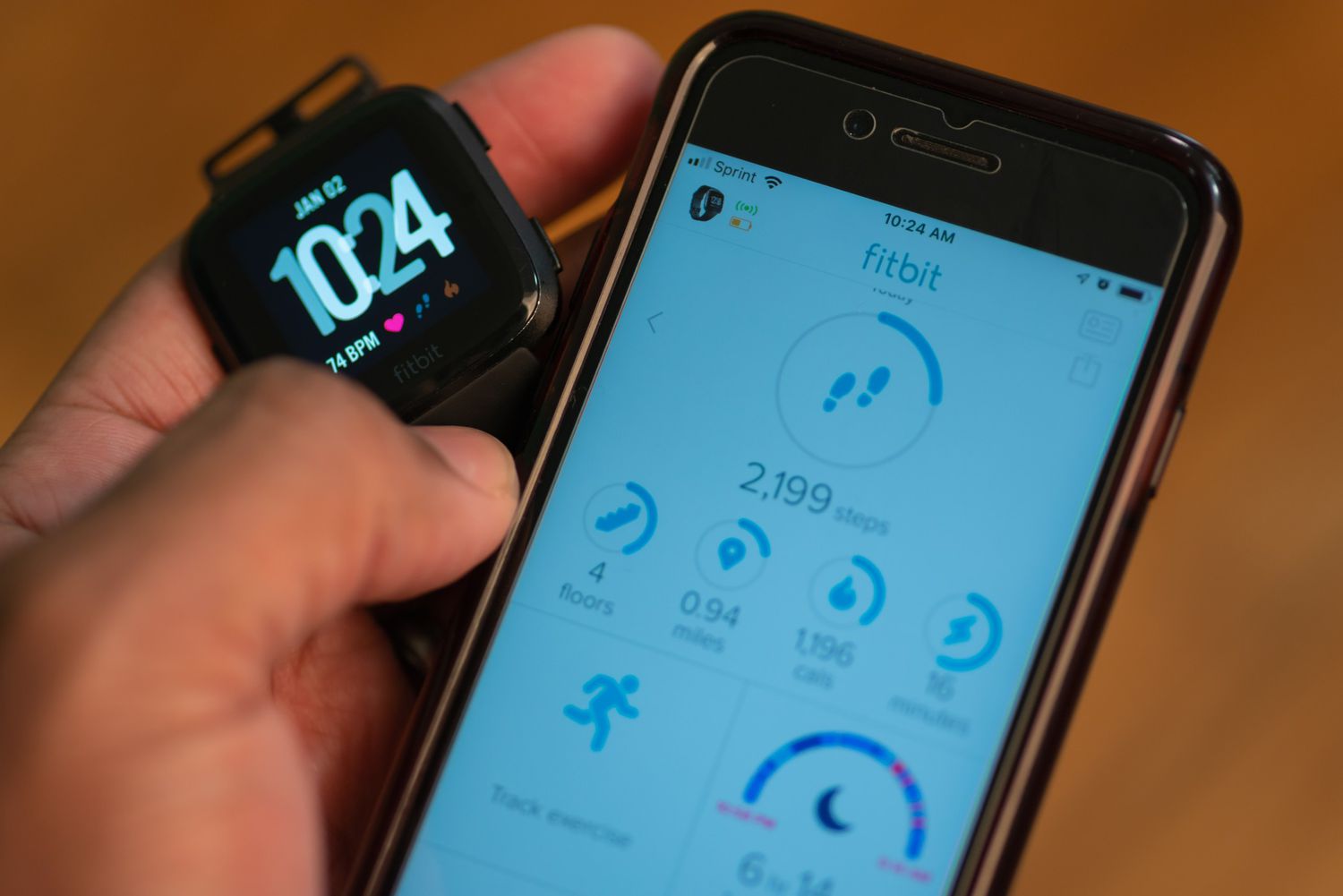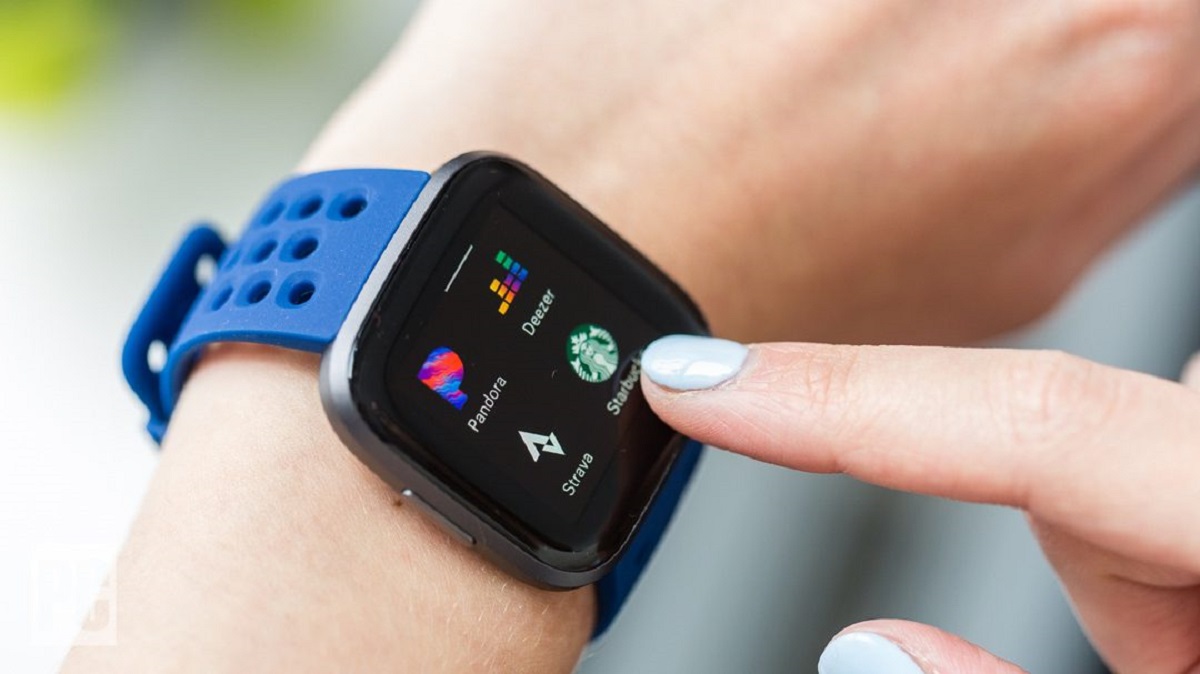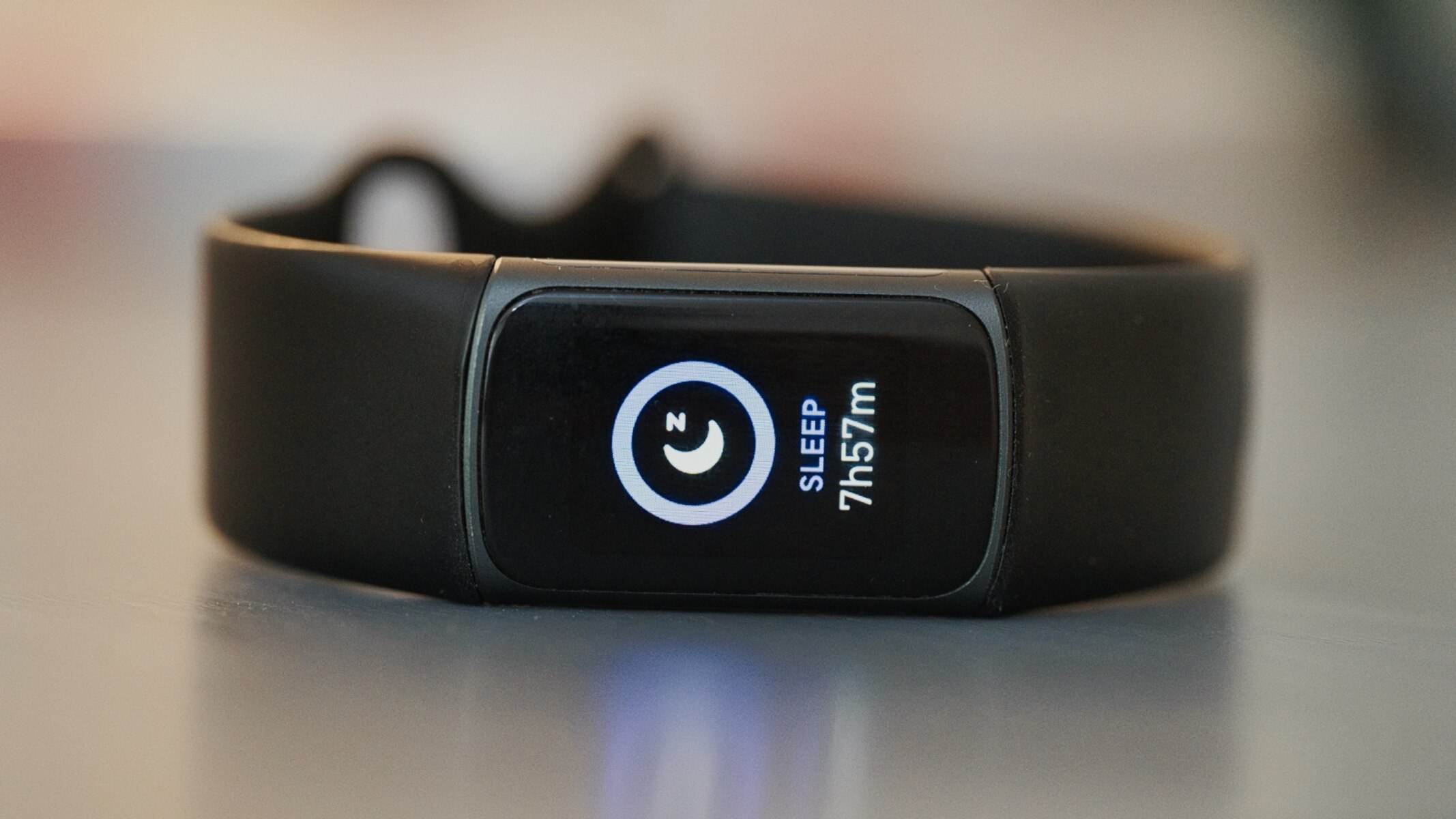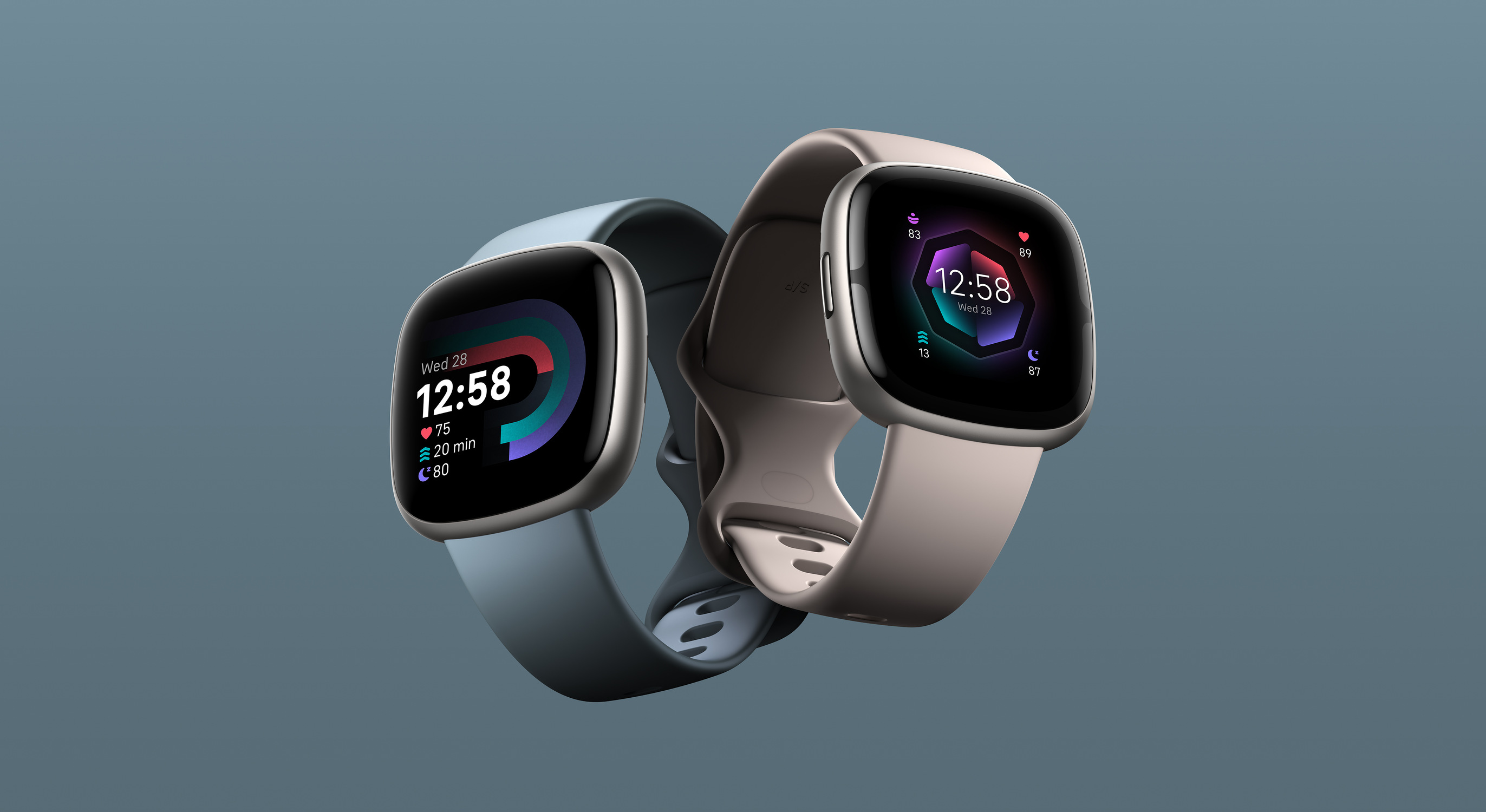Introduction
In today's fast-paced world, the quest for a healthier lifestyle has become a top priority for many individuals. With the rise of wearable technology, such as Fitbit devices, people now have the ability to monitor various aspects of their health and fitness in real time. Fitbit, a leading brand in the wearable technology industry, offers users the opportunity to track a wide range of data, including physical activity, heart rate, sleep patterns, and more.
The wealth of data provided by Fitbit devices empowers users to gain valuable insights into their overall well-being. By understanding and interpreting this data, individuals can make informed decisions to improve their health and fitness levels. Moreover, the continuous tracking of various metrics allows users to set and achieve personalized health and fitness goals, leading to a more active and balanced lifestyle.
As we delve into the intricacies of Fitbit data insights, it becomes evident that the ability to interpret this information is a powerful tool for optimizing one's health and fitness journey. Through this article, we will explore the significance of Fitbit data, the benefits of tracking this information, and how to effectively utilize the insights gained to enhance overall well-being. Join us on this enlightening journey as we uncover the transformative potential of Fitbit data insights.
What is Fitbit Data?
Fitbit data encompasses a diverse array of health and fitness metrics that are tracked and recorded by Fitbit wearable devices. These devices are equipped with advanced sensors that capture various aspects of an individual's daily activities, including physical movement, heart rate, sleep patterns, and more. The data collected by Fitbit devices provides users with comprehensive insights into their overall well-being, enabling them to make informed decisions to improve their health and fitness levels.
One of the primary components of Fitbit data is physical activity tracking. Fitbit devices monitor the number of steps taken, distance traveled, and floors climbed throughout the day. This information offers users a clear understanding of their daily activity levels, encouraging them to stay active and meet their fitness goals. Additionally, Fitbit devices track exercise sessions, providing detailed summaries of workouts, including duration, intensity, and calories burned. This data empowers users to monitor their progress and adjust their fitness routines accordingly.
Another crucial aspect of Fitbit data is heart rate monitoring. Fitbit devices utilize advanced optical sensors to continuously measure heart rate throughout the day, offering insights into resting heart rate, heart rate zones during exercise, and overall cardiovascular health. By analyzing this data, users can gain a deeper understanding of their heart health and make lifestyle adjustments as needed.
Furthermore, Fitbit devices track sleep patterns, including duration, quality, and stages of sleep. This data enables users to evaluate their sleep habits and make meaningful changes to improve overall sleep quality. Understanding sleep patterns is essential for optimizing recovery, enhancing cognitive function, and promoting overall well-being.
In addition to these core metrics, Fitbit devices also collect data on hydration, weight, and nutrition. By inputting water intake, meals, and snacks into the Fitbit app, users can gain valuable insights into their hydration levels and nutritional habits, fostering a holistic approach to health and wellness.
Overall, Fitbit data encompasses a comprehensive range of health and fitness metrics, providing users with a holistic view of their well-being. This wealth of information serves as a catalyst for individuals to take proactive steps towards improving their overall health and leading a more active lifestyle.
Benefits of Tracking Fitbit Data
The act of tracking Fitbit data yields a myriad of benefits that significantly impact an individual's health and fitness journey. By leveraging the wealth of information provided by Fitbit devices, users can gain valuable insights into their daily activities, physical well-being, and overall lifestyle. The benefits of tracking Fitbit data extend beyond mere numbers and statistics, fostering a deeper understanding of one's health and empowering individuals to make informed decisions for positive lifestyle changes.
1. Enhanced Awareness and Accountability
Tracking Fitbit data cultivates heightened awareness of daily activities, exercise routines, and sleep patterns. By visualizing their physical activity levels, individuals become more mindful of their movements throughout the day, encouraging them to stay active and reach their fitness targets. Moreover, the accountability instilled by tracking this data motivates users to maintain consistency in their health and fitness endeavors, ultimately fostering a sense of responsibility towards their well-being.
2. Personalized Goal Setting and Progress Monitoring
Fitbit data tracking enables users to set personalized health and fitness goals based on their individual metrics and preferences. Whether it's aiming for a specific step count, improving sleep quality, or increasing overall daily activity, individuals can tailor their goals to align with their aspirations. The ability to monitor progress in real time empowers users to make adjustments to their routines, ensuring that they stay on track towards achieving their desired outcomes.
3. Holistic Approach to Well-Being
The comprehensive nature of Fitbit data allows for a holistic approach to health and wellness. By integrating various metrics such as physical activity, heart rate, sleep patterns, and nutrition, users gain a complete picture of their overall well-being. This holistic perspective encourages individuals to address multiple facets of their health simultaneously, promoting a balanced and sustainable approach to wellness.
4. Informed Decision-Making
The insights derived from tracking Fitbit data enable users to make informed decisions regarding their lifestyle choices. Whether it involves adjusting exercise intensity, improving sleep hygiene, or making dietary modifications, individuals can leverage the data to implement meaningful changes that positively impact their health. This informed decision-making process empowers users to take proactive steps towards optimizing their well-being.
5. Motivation and Positive Reinforcement
Regularly monitoring Fitbit data serves as a source of motivation and positive reinforcement. Witnessing progress, whether it's reaching step goals, improving sleep patterns, or maintaining a healthy heart rate, fosters a sense of achievement and encourages individuals to stay committed to their health and fitness routines. This ongoing motivation plays a pivotal role in sustaining long-term lifestyle changes.
In essence, the benefits of tracking Fitbit data extend far beyond the realm of mere numbers and statistics. It encompasses a transformative journey towards heightened awareness, personalized goal setting, holistic well-being, informed decision-making, and sustained motivation. By embracing the insights gleaned from Fitbit data, individuals can embark on a purposeful and empowered path towards optimizing their health and fitness, ultimately leading to a more vibrant and fulfilling lifestyle.
Understanding Fitbit Data Insights
Fitbit data insights encompass a wealth of information that provides users with a deep understanding of their health and fitness patterns. These insights go beyond raw data, offering valuable interpretations and correlations that unveil meaningful trends and associations. By comprehending Fitbit data insights, individuals can gain profound knowledge about their physical well-being and make informed decisions to enhance their overall health.
One of the key aspects of understanding Fitbit data insights involves recognizing patterns and trends across different metrics. By analyzing the correlation between physical activity levels and sleep patterns, users can identify how their daily exercise routines impact their sleep quality. This correlation sheds light on the interconnectedness of various health factors, allowing individuals to make adjustments to their lifestyle for improved overall well-being.
Furthermore, understanding Fitbit data insights entails recognizing fluctuations and anomalies within the tracked metrics. For example, sudden spikes in heart rate during periods of low activity may indicate underlying stress or fatigue. By identifying such anomalies, users can delve deeper into the potential causes and take proactive measures to address any underlying health concerns.
Moreover, understanding Fitbit data insights involves contextualizing the tracked metrics within the broader framework of individual health goals. For instance, if a user's goal is to improve cardiovascular fitness, interpreting heart rate data during exercise becomes crucial. Understanding how heart rate responds to different levels of exertion aids in optimizing workout intensity and ensuring that fitness goals are effectively pursued.
Additionally, understanding Fitbit data insights encompasses recognizing the impact of external factors on health metrics. Weather, stress levels, and dietary habits can influence physical activity, sleep quality, and heart rate variability. By acknowledging these external influences, individuals can gain a more comprehensive understanding of their health data and make lifestyle adjustments to mitigate any negative impacts.
In essence, understanding Fitbit data insights is a multifaceted process that involves identifying patterns, recognizing anomalies, contextualizing metrics within personal goals, and acknowledging external influences. By delving into these insights, individuals can unlock the transformative potential of their health and fitness data, leading to informed decisions, tailored lifestyle modifications, and a proactive approach to well-being.
How to Interpret Tracked Data
Interpreting tracked data from Fitbit devices is a pivotal aspect of harnessing the full potential of the wealth of health and fitness information at your disposal. It involves delving into the nuances of various metrics and deriving meaningful insights that can guide informed decision-making and tailored lifestyle adjustments. By understanding how to interpret tracked data effectively, individuals can unlock a deeper understanding of their well-being and optimize their health and fitness endeavors.
The first step in interpreting tracked data is to establish a baseline for each metric. By understanding typical ranges and patterns for metrics such as daily step count, resting heart rate, and sleep duration, individuals can identify deviations from their usual patterns. This baseline serves as a reference point for recognizing any significant changes in health and fitness metrics, prompting further investigation into potential underlying factors.
Furthermore, interpreting tracked data involves identifying correlations and trends across different metrics. For example, observing how exercise intensity influences heart rate patterns or how sleep duration impacts daily activity levels provides valuable insights into the interconnected nature of various health factors. Recognizing these correlations allows individuals to make informed adjustments to their routines to optimize their well-being.
Moreover, contextualizing tracked data within personal health and fitness goals is essential for effective interpretation. Understanding how each metric aligns with specific objectives, whether it's achieving a target step count, improving sleep quality, or enhancing cardiovascular fitness, enables individuals to tailor their interpretations to their unique aspirations. This personalized approach fosters a deeper connection with the tracked data and empowers individuals to make targeted lifestyle modifications.
Additionally, interpreting tracked data involves recognizing outliers and anomalies that deviate from expected patterns. Sudden spikes in heart rate during periods of rest or significant fluctuations in sleep duration may signify underlying health issues or external influences. Identifying and investigating these anomalies is crucial for proactive health management and early intervention when necessary.
In summary, interpreting tracked data from Fitbit devices encompasses establishing baselines, identifying correlations, contextualizing metrics within personal goals, and recognizing anomalies. By mastering the art of interpretation, individuals can harness the transformative potential of their health and fitness data, paving the way for informed decisions, targeted lifestyle adjustments, and a proactive approach to holistic well-being.
Utilizing Tracked Data for Health and Fitness Goals
Harnessing the wealth of tracked data from Fitbit devices is instrumental in propelling individuals towards their health and fitness aspirations. By leveraging the insights gleaned from various health metrics, users can tailor their approach to wellness, set personalized goals, and make informed decisions that align with their individual objectives.
Personalized Goal Setting
Utilizing tracked data empowers individuals to set personalized health and fitness goals that are grounded in tangible metrics. Whether it involves aiming for a specific step count, improving sleep duration and quality, or enhancing cardiovascular fitness, the data serves as a foundation for establishing clear and achievable objectives. By aligning goals with the tracked metrics, individuals can create a roadmap for their health and fitness journey, fostering a sense of purpose and direction.
Informed Decision-Making
The insights derived from tracked data enable informed decision-making in the pursuit of health and fitness goals. Whether it's adjusting exercise intensity based on heart rate patterns, optimizing sleep routines to enhance recovery, or making dietary modifications to support overall well-being, individuals can leverage the data to implement meaningful changes. This informed approach to decision-making ensures that lifestyle adjustments are tailored to individual needs, maximizing the potential for positive outcomes.
Progress Monitoring and Adaptation
Utilizing tracked data allows for real-time monitoring of progress towards health and fitness goals. By regularly assessing metrics such as daily activity levels, heart rate variability, and sleep patterns, individuals can gauge their advancement and make necessary adaptations to their routines. Whether it involves increasing physical activity, refining workout strategies, or prioritizing sleep hygiene, the ability to monitor progress facilitates continuous refinement and optimization of health and fitness endeavors.
Holistic Well-Being Integration
Tracked data integration facilitates a holistic approach to well-being, encompassing various aspects of health and fitness. By considering the interconnected nature of metrics such as physical activity, heart rate, sleep, and nutrition, individuals can address multiple facets of their well-being simultaneously. This holistic integration fosters a balanced and sustainable approach to health, ensuring that efforts are directed towards comprehensive wellness enhancement.
In essence, utilizing tracked data for health and fitness goals empowers individuals to set personalized objectives, make informed decisions, monitor progress, and integrate a holistic approach to well-being. By embracing the transformative potential of the insights derived from Fitbit data, individuals can embark on a purposeful and empowered path towards optimizing their health and fitness, ultimately leading to a more vibrant and fulfilling lifestyle.
Conclusion
In conclusion, the utilization of Fitbit data transcends mere tracking and monitoring; it embodies a transformative journey towards heightened awareness, informed decision-making, and empowered well-being. The comprehensive insights derived from Fitbit devices, spanning physical activity, heart rate, sleep patterns, and nutrition, offer individuals a holistic view of their health, empowering them to make meaningful lifestyle modifications and pursue personalized health and fitness goals.
By delving into the intricacies of Fitbit data, individuals gain a profound understanding of their well-being, allowing them to make informed decisions that resonate with their unique aspirations. The benefits of tracking Fitbit data extend far beyond numerical values, fostering a deeper connection with one's health and motivating sustained lifestyle changes. From enhanced awareness and accountability to personalized goal setting and progress monitoring, the impact of Fitbit data insights permeates every facet of an individual's health and fitness journey.
Understanding and interpreting Fitbit data insights enable individuals to recognize correlations, identify anomalies, and contextualize metrics within the broader framework of their health goals. This multifaceted approach to interpretation empowers users to optimize their health and fitness routines, ensuring that every decision is grounded in a deep understanding of their well-being.
Furthermore, the utilization of tracked data serves as a catalyst for the integration of a holistic approach to well-being, addressing diverse facets of health and fitness simultaneously. By leveraging the insights gleaned from Fitbit data, individuals can embark on a purposeful and empowered path towards optimizing their health and fitness, ultimately leading to a more vibrant and fulfilling lifestyle.
In essence, the journey of understanding and utilizing Fitbit data is a testament to the transformative power of informed decision-making, personalized goal setting, and holistic well-being integration. As individuals continue to embrace the insights derived from Fitbit data, they embark on a purposeful and empowered path towards optimizing their health and fitness, ultimately leading to a more vibrant and fulfilling lifestyle.























